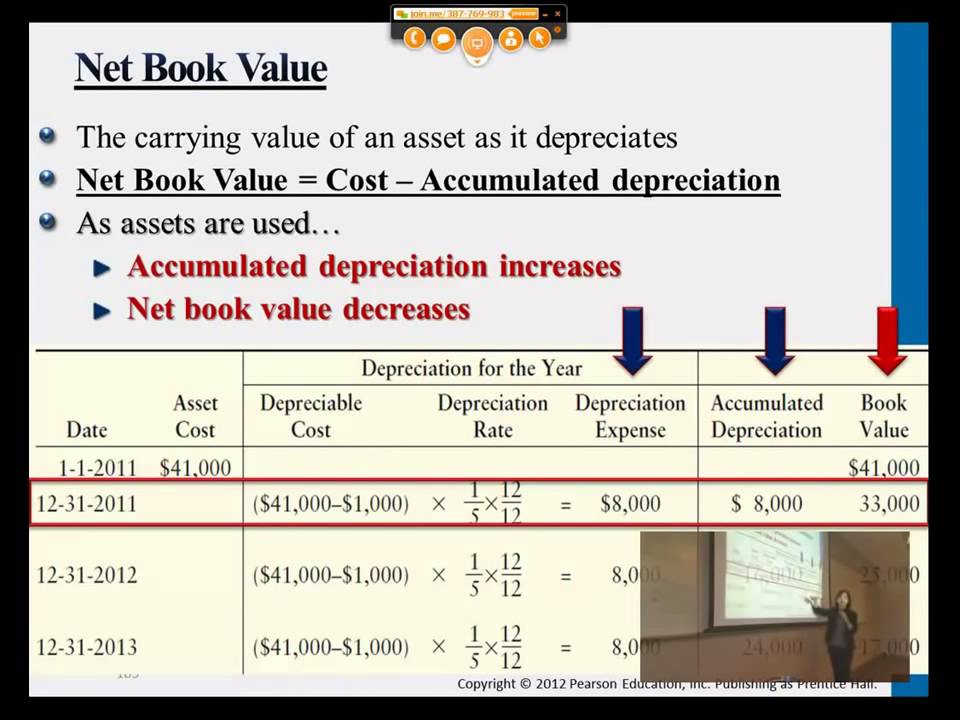
Debt capital requires payment of interest, as well as eventual repayment of loans and bonds. Equity investors aim for dividend income or capital gains driven by increases in stock prices. Most publicly listed companies fulfill their capital needs through a combination of debt and equity. Companies get debt by taking loans from banks and other financial institutions or by floating interest-paying corporate bonds. They typically raise equity capital by listing the shares on the stock exchange through an initial public offering (IPO). Sometimes, companies get equity capital through other measures, such as follow-on issues, rights issues, and additional share sales.
Market Value Formula

For asset-heavy industries, BVPS might provide a reasonable estimate of value. However, for sectors like technology and pharmaceuticals, where intellectual property and ongoing research and development are crucial, BVPS can be misleading. Remember, even if a company has a high book value per share, there’s no guarantee that it will be a successful investment. The book value per share is just one metric that you should look at when considering an investment. It’s important to remember that the book value per share is not the only metric that you should consider when making an investment decision.
The Formula for Book Value Per Common Share Is:
Additionally, it is also available as shareholders’ equity on the balance sheet. Suppose that XYZ Company has total assets of $100 million and total liabilities of $80 million. If the company sold its assets and paid its liabilities, the net worth of the business would be $20 million. They evaluate it with several other metrics, including price-to-earnings trial balance example format how to prepare template definition ratio, free cash flow trends, debt-to-equity ratio, and payout ratio for dividend stocks. As noted, book value and the metrics derived from it come from balance sheet numbers — which may not be a true representation of value. To calculate book value per share, simply divide a company’s total common equity by the number of shares outstanding.
Price-to-Book (P/B) Ratio
- On the other hand, investors and traders are more interested in buying or selling a stock at a fair price.
- Now, let’s say that Company B has $8 million in stockholders’ equity and 1,000,000 outstanding shares.
- What is more, assets will not fetch their full values if creditors sell them in a depressed market at fire-sale prices.
- This means that the BVPS is ($10 million / 1 million shares), or $10 per share.
As long as the accountants have done a good job (and the company’s executives aren’t crooked) we can use the common equity measure for our analytical purposes. The book value of a company is based on the amount of money that shareholders would get if liabilities were paid off and assets were liquidated. The market value of a company is based on the current stock market price and how many shares are outstanding. Book value per share (BVPS) tells investors the book value of a firm on a per-share basis. Investors use BVPS to gauge whether a stock price is undervalued by comparing it to the firm’s market value per share. Book value refers to a firm’s net asset value (NAV) or its total assets minus its total liabilities.
He currently researches and teaches economic sociology and the social studies of finance at the Hebrew University in Jerusalem. For example, during the Great Recession, Bank of America’s market value was below its book value. As of 2024, the company’s market value is no longer trading at a discount to its book value. Note that if the company has a minority interest component, the correct value is lower.
Should the company dissolve, the book value per common share indicates the dollar value remaining for common shareholders after all assets are liquidated and all creditors are paid. A company can use a portion of its earnings to buy assets that would increase common equity along with BVPS. Or, it could use its earnings to reduce liabilities, which would also increase its common equity and BVPS.
According to these rules, hard assets (like buildings and equipment) listed on a company’s balance sheet can only be stated according to book value. In other words, the book value is literally the value of the company according to its books (balance sheet) once all liabilities are subtracted from assets. In those cases, the market sees no reason to value a company differently from its assets.
Sandra Habiger is a Chartered Professional Accountant with a Bachelor’s Degree in Business Administration from the University of Washington. Sandra’s areas of focus include advising real estate agents, brokers, and investors. She supports small businesses in growing to their first six figures and beyond. Alongside her accounting practice, Sandra is a Money and Life Coach for women in business. If the company’s BVPS increases, investors may consider the stock more valuable, and the stock’s price may increase.
Book value per share is a way to measure the net asset value that investors get when they buy a share of stock. Investors can calculate book value per share by dividing the company’s book value by its number of shares outstanding. The book value of a company is equal to its total assets minus its total liabilities. The total assets and total liabilities are on the company’s balance sheet in annual and quarterly reports. It had total assets of about $252.39 billion and total liabilities of approximately $161.83 billion for the fiscal year ending January 2024. After subtracting that, the net book value or shareholders’ equity was about $84.07 billion for Walmart during the given period.

